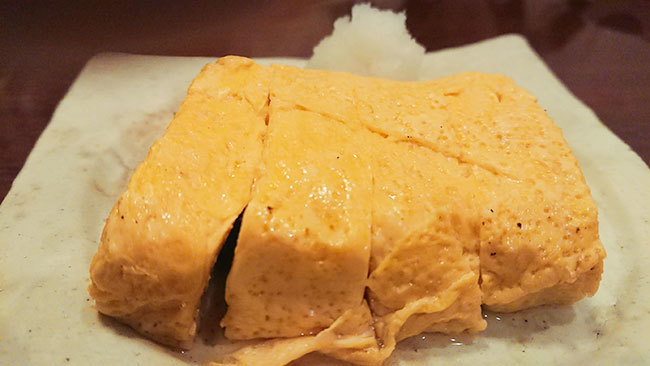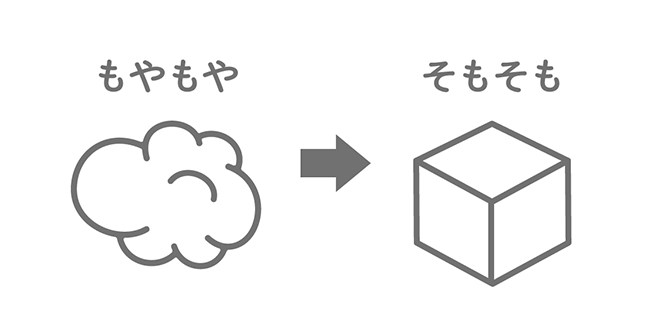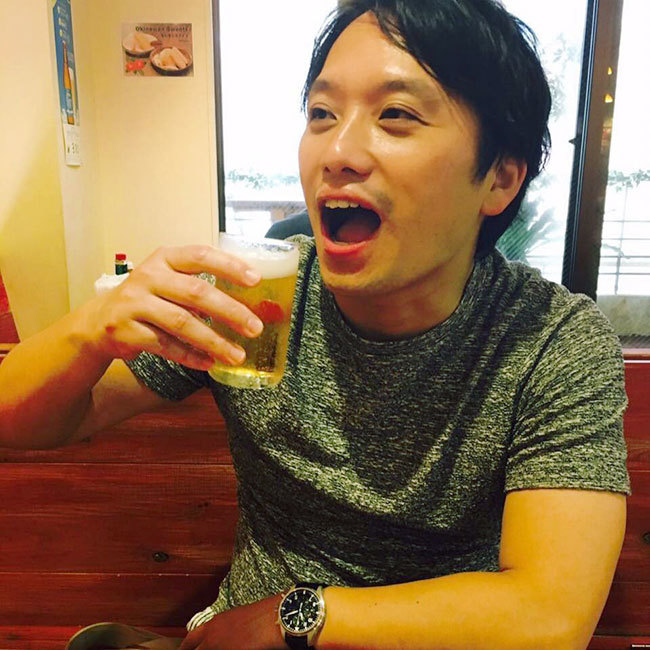Back in Osaka after a long time.
According to Tsuneyoshi Uotani, a Meiji-era culinary researcher,
"I question whether what is called 'Kansai cuisine,' which has recently expanded into Tokyo and threatens the traditional Tokyo cuisine, should be treated as authentic Kansai cuisine. Since it exists in Tokyo, it is Tokyo cuisine. If we must label it, wouldn't it be more accurate to call it 'Kansai-style Tokyo cuisine'?" (Taste and Culinary Delights, by Tsuneyoshi Uotani, edited by Masaaki Hirano, Chuko Bunko)
So he said.
In today's world, with vastly improved logistics and information networks, how much this theory still holds water is a mystery. But when you come to the heartland of gourmet dining, your heart just can't help but race. Even a single dashimaki tamago (rolled omelet) encountered in a small kaiseki restaurant is profoundly delicious.
Uotani narrowed the often vaguely defined theme of "differences between Tokyo and Kansai cuisine" down to "Edo cuisine and Osaka cuisine," then analyzed it from three perspectives: "ingredients," "customs and habits," and "cooks." Each of his essays clearly unravels the experiential nature of taste.

Now then.
Except for rare exceptions like me, who shamelessly reveal their methods, those working in the same advertising industry rarely get opportunities to learn each other's "thinking techniques" or how to "share them."
However, the other day, I attended a seminar for students given by Mr. Hiroshi Hayashi, an executive officer at Frontage Inc., and heard something valuable.
"When things get fuzzy, go back to the basics and think."
I couldn't help but slap my knee in agreement.
Our thinking often gets clouded by "fuzziness." Things aren't clear, and we feel stuck. Usually, we don't even know what we don't know. That's precisely why going back to the "fundamentals" is so effective.

What do we need to understand right now to move forward?
What was our goal again?
Fundamentally, once we reach that goal, will everything else fall into place?
These questions help us break free from a myopic view of the situation, see things from a bird's-eye perspective, and reposition ourselves within the larger process.
Fundamentally, what is tofu?
Is gaining recognition really the answer?
Why advertising in the first place?
First of all, does raising prices really increase profits?
On the other hand, questioning the "definition," "purpose," "means," and underlying "logic" of words—this very act of questioning is the critical thinking essential for generating ideas. Moreover, this approach avoids the common misunderstanding that "critical thinking" implies an aggressive, accusatory stance toward things.
Using "fundamentally, in the first place" helps break through stagnation by fostering a holistic perspective and elevates the discussions held there to a more essential level.

The slightly cheerful Mr. Hayashi
Originally a copywriter, Hayashi-san has expanded his activities beyond the framework of simple advertising campaign creation into corporate management. This "Fuzzy, Fundamentally" approach was apparently developed for training young employees within the company. It's meant to encourage them to question their seniors, superiors, and even the world itself when working or considering their careers, alongside creative exercises and practical work.
Now, I'd love to hear more details about how Hayashi-san applies this in his daily work. Over a drink, perhaps.
Please, help yourself!








